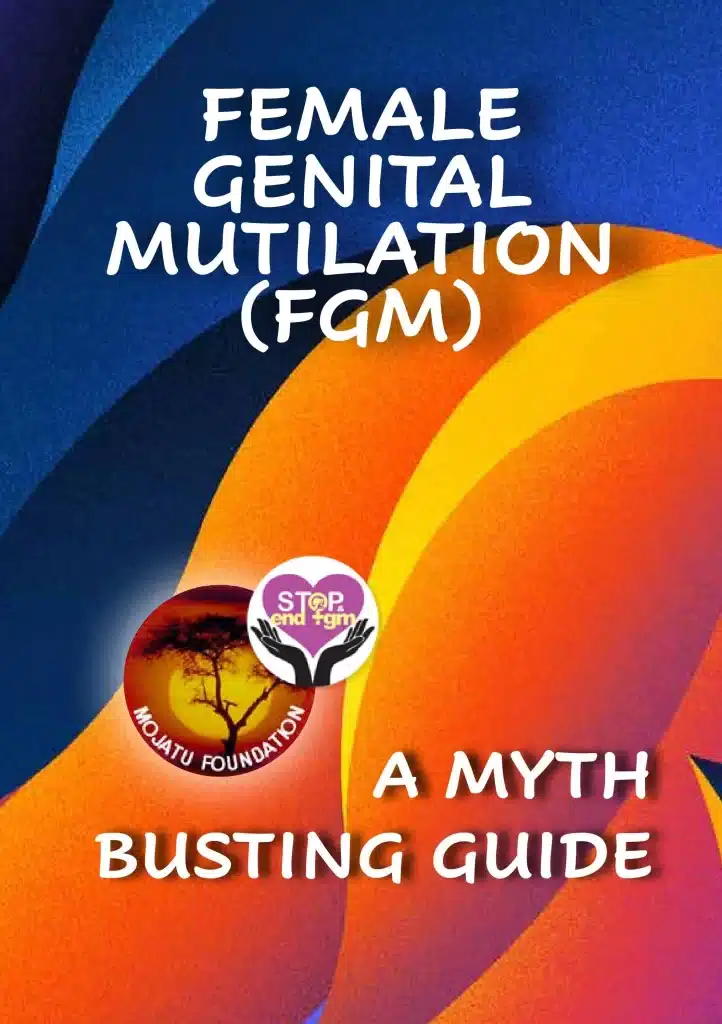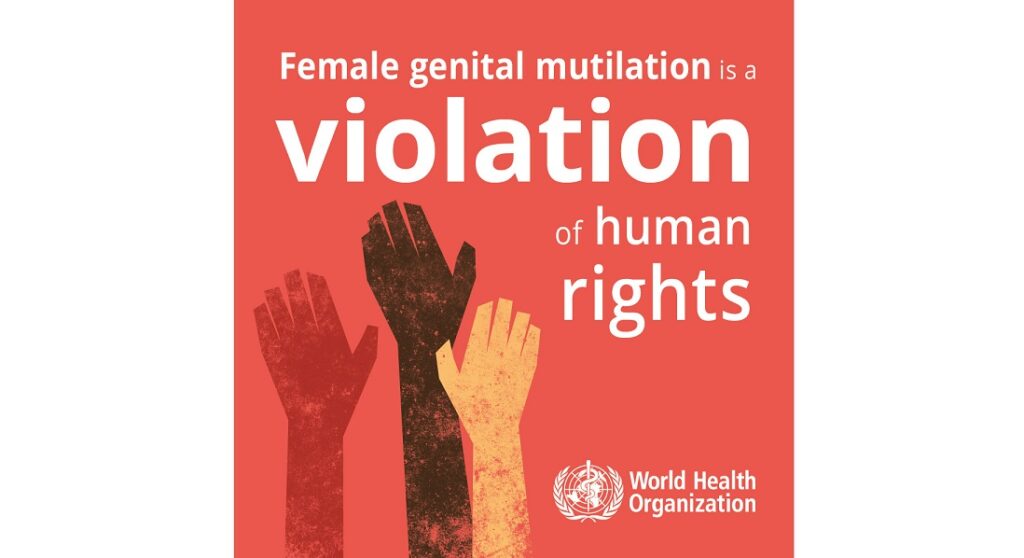https://issuu.com/mojatu/docs/mojatu_myth_busting_booklet
In discussions surrounding genital alteration, a pervasive myth often emerges, suggesting that female genital mutilation (FGM) is equivalent to male circumcision. However, such an assertion not only oversimplifies complex cultural and medical practices but also dangerously trivializes the severe harm inflicted by FGM. It’s crucial to debunk this myth and highlight the vast differences between these two procedures to prevent the perpetuation of misinformation and protect the rights and well-being of individuals.
Firstly, it’s essential to recognize the stark contrast in the nature and purpose of FGM compared to male circumcision. FGM encompasses a range of procedures involving the partial or total removal of the external female genitalia, often without medical necessity and performed on girls without their consent. In contrast, male circumcision involves the surgical removal of the foreskin of the penis, primarily for religious, cultural, or health reasons, and is generally conducted in sterile medical environments with appropriate anaesthesia.

Furthermore, the implications of FGM extend far beyond the physical alteration of genitalia. FGM is recognized globally as a severe violation of human rights and is associated with a myriad of immediate and long-term health consequences, including chronic pain, infections, complications during childbirth, and psychological trauma. In contrast, male circumcision, when performed under medical supervision, carries minimal risks and has even been associated with potential health benefits, such as reduced risk of urinary tract infections and sexually transmitted infections.
Moreover, equating FGM with male circumcision ignores the deeply rooted gender inequalities and patriarchal structures that underpin the practice of FGM. FGM is often used as a means of controlling women’s bodies and sexuality, perpetuating harmful gender norms and reinforcing power imbalances within communities. Male circumcision, on the other hand, is not typically linked to such oppressive motives and is not aimed at subjugating or controlling men.
Lastly, perpetuating the myth that FGM is equivalent to male circumcision undermines efforts to eradicate FGM and protect the rights of girls and women. By trivializing the severity of FGM and framing it as a cultural or religious practice akin to male circumcision, the true extent of the harm inflicted by FGM is downplayed, hindering advocacy efforts and perpetuating harmful cultural practices. It is imperative to challenge this myth, promote accurate information, and work towards ending FGM as a fundamental step towards gender equality and the protection of human rights.





